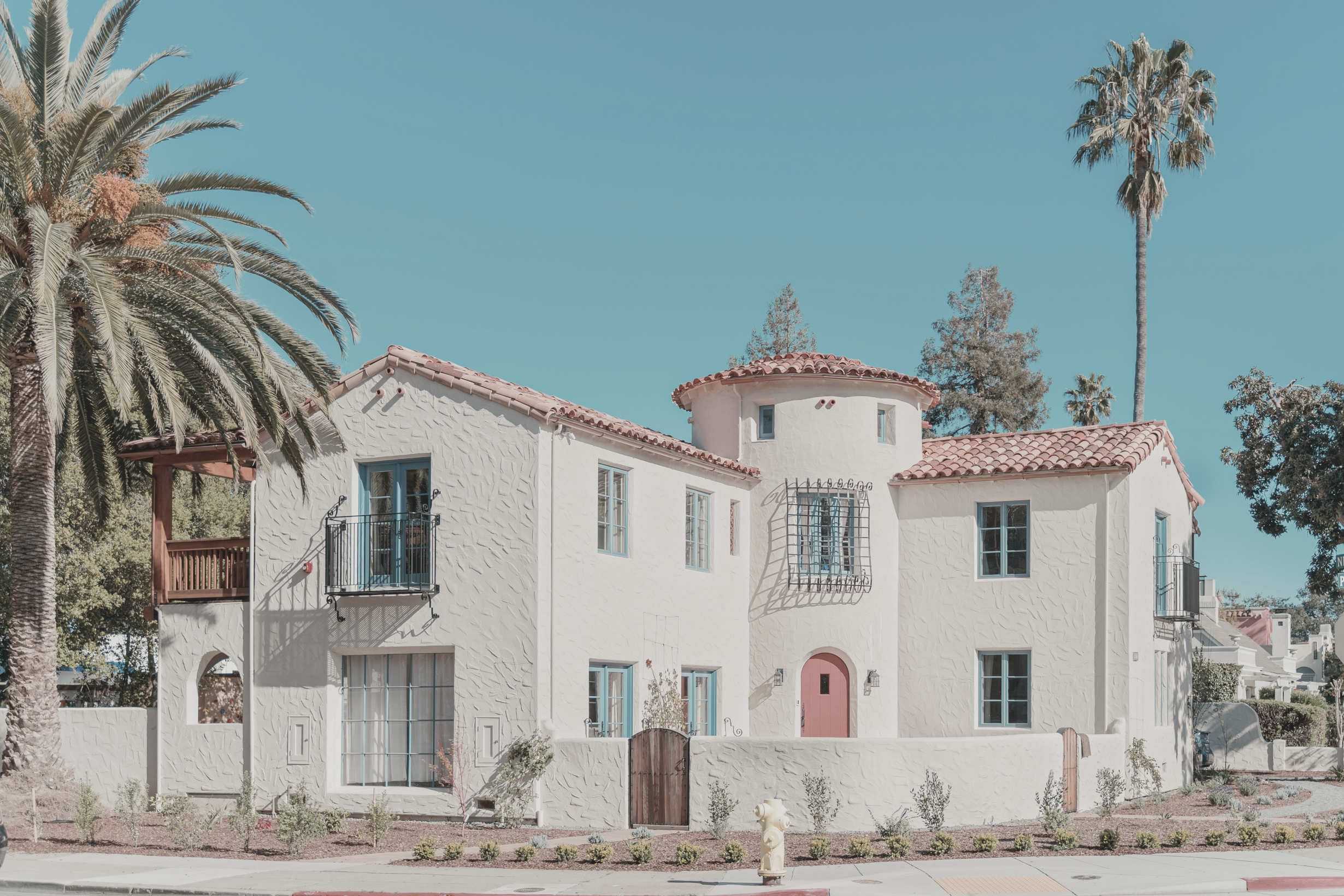San Diego County
Historic PropertiesHistoric Districts
California loves its architectural delights, and the cities regularly designate old properties as new historic landmarks. A great number of these gems — designed by premier architects — can be found in the San Diego Metro area, Coronado, La Jolla, Point Loma, and other locations. A significant concentration of historic properties is located within San Diego’s designated and proposed historic districts, where many classic architectural styles are represented. A number of condo buildings in Uptown and Downtown San Diego are also designated historic.
Mills Act
The Mills Act, named for San Diegan James Mills, a former California state senator, provides a property tax incentive to encourage restoration, rehabilitation and preservation of privately owned historic properties. Owners of homes designated historic can enter into a voluntary contract with the City and save significantly on their property taxes. In condo buildings, the Mills Act contract is between the homeowners association (HOA) and the City, while the tax savings go directly to the individual condo owners.
Q & A
Historic District Defined
Q: What is a historic district?
A: A historic district means a significant concentration, linkage or continuity of sites, buildings, structures that are united historically, geographically or aesthetically by plan or physical development and that have a special character, historical interest, cultural or aesthetic value, or that represent one or more architectural periods in the history and development of the City.
Historic Districts Locations
Q: Where are San Diego’s historic districts located?
A: Designated and proposed historic districts are located in the following neighborhoods:
- City Heights — Islenair HD
- Downtown — Gaslamp HD
- Golden Hill — Golden Hill HD
- Grant Hill — Grant Hill HD
- Hillcrest — Marston Hills HD (proposed)
- Kensington — Kensington HD (proposed)
- La Jolla — Pueblo Ribera HD
- Mission Hills — Fort Stockton Line HD, Inspiration Heights HD (proposed), and Mission Hills HD
- North Park — Burlingame HD and Dryden HD
- Ocean Beach — Ocean Beach Cottage Emerging HD
- Point Loma — Loma Portal HD (proposed)
- South Park — South Park HD
- Talmadge — Talmadge HD
- University Heights — Melhorn & Son HD, Shirley Ann Place HD, Spalding Place HD, and Valle Vista Terrace HD
Benefits for Homeowners
Q: What are the benefits of residing in a historic district?
A: There are several benefits of residing in a historic district. The Mills Act can significantly reduce the homeowner’s property taxes. Properties designated historic also enjoy 10–25% higher values versus similar properties without the designation, according to the National Trust. Furthermore, there is the pride of maintaining and preserving one of San Diego’s early communities for future generations.
Tax Savings Amount
Q: How much will I save on my property taxes?
A: The amount you save will depend on your property’s location, size and comparable rents in the area. The value continues to be assessed by the County Tax Assessor’s office using a formula and procedures contained in state law. Property tax reductions result when the property tax amount that is based on the Mills Act value is compared to the previous property tax amount. The savings vary from property to property, and have ranged from 20% to 70% based on the County Tax Assessor’s property valuations in accordance with the state law formula. Properties that have been under the same ownership for a long time (e.g., pre-Prop. 13), where the property taxes are already low compared to homes sold at the peak of the market, will most likely not benefit from the Mills Act.
Local Designation
Q: Is the property eligible without local historic designation?
A: No; local historic designation is required before you can enter into a Mills Act agreement. Even if your property is listed on the National Register and/or California Register, but is not designated historic by the city, your property is not eligible for the Mills Act.
Agreement Term
Q: What is the term of the Mills Act agreement?
A: The terms of Mills Act agreements are established by state law. The initial term of the agreement is ten years. The agreement is automatically renewed each year for an additional year, and changes the expiration date so that 10 years is still left in the term of the agreement. The agreement will thus continue in effect indefinitely unless notice is served by either party for the automatic renewals to stop. If either party serves notice for the automatic renewals to stop, the agreement will expire on the agreement’s current expiration date, which would be about ten years after the notice is recorded.
Responsibilities
Q: What are the responsibilities of a Mills Act agreement?
A: The responsibilities of Mills Act agreements are established by state law and any other requirements set up by the local Mills Act program. Generally, the property owner is required to maintain and preserve the site in accordance with the Secretary of the Interior’s Standards. All other local regulations on historic sites in the city also apply.
New Ownership
Q: If I buy a property with the Mills Act in place, do I have to apply again?
A: If you purchase a property that has been designated as historic by the Historical Resources Board and the previous owner had a Mills Act agreement recorded on the property, the Mills Act benefits go with the land. That way, new owners “inherit” the agreement’s benefits and responsibilities.
Availability
Q: Is the Mills Act available to all local individual historically-designated structures and those in established local historical districts?
A: Yes, except within redevelopment areas. The Mills Act is not uniformly allowed for all properties in these areas. You should check with the staff of the particular redevelopment area to find out if they will approve a Mills Act agreement.
Condo Association
Q: How does the Mills Act Program work for a condominium association?
A: In condo buildings, only the homeowners association (HOA) may submit the application. The Mills Act contract is between the HOA and the city. Consequently, the HOA is responsible for carrying out the work established in the work program. The County Tax Assessor’s office will prepare individual documents for each condominium owner in order to reassess the individual tax assessment for each unit. The tax savings will go directly to the individual condo owners. It is then up to the HOA to decide how to pay for the improvements outlined.
How Can We Help?
COMPLIMENTARY SERVICES
• List of historic homes for sale
• Seller/buyer consultation
• Price evaluation of your property
• Advise on increasing property value
• Info on White Glove home preparation
• Info on the current market
• Relocation consultation
• Info on off-market properties
• Private tour of properties
• Out-of-area advisor referral
• Info on Sotheby’s Real Estate Auctions
LET’S GET IN TOUCH
Please contact us using this inquiry form and indicate which services interest you. You can also call/text Jay at 858-335-4235 or Thomas at 619-693-6463.


